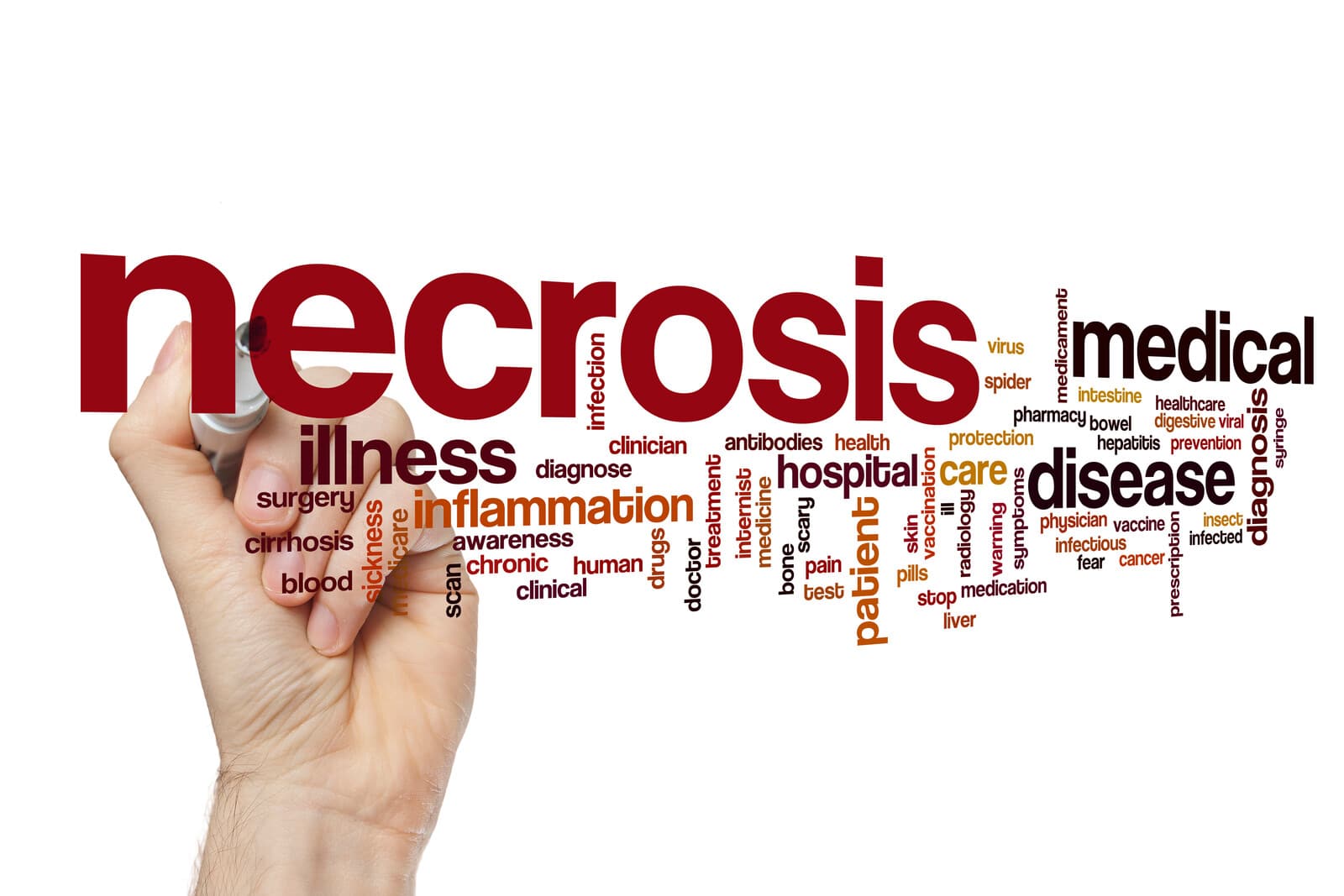Also referred to as osteonecrosis, aseptic necrosis and ischemic bone necrosis, avascular necrosis (AVN) refers to the condition in which part of a bone or marrow dies due to interruption in blood supply. Avascular necrosis most commonly occurs in the hip. Other common sites that are affected are the shoulder, knees, shoulder, and ankles. Orthopedic surgeons treating this condition can rely on professional medical coding services to meet their claim submission tasks.
Patients may not have any symptoms during the early stages, but slowly feel pain when they put pressure on the affected bone. Then the pain may become more constant. However, the impact of the condition in each area is different. Aseptic necrosis of the knee is often associated with pain or limping with walking, while for the shoulder it can be associated with pain and loss of range of motion of the shoulder joint.
Causes and Risk Factors
The condition is mainly caused by trauma and damages to the blood vessels that supply oxygen to the bones, usage of steroid medications (cortisone – prednisone and methylprednisolone), abnormally thick blood (hypercoagulable state), atherosclerosis (hardening of the arteries), or inflammation of the blood vessel walls (vasculitis).
Other risk factors for the disease include hemoglobinopathies, dislocation of the hip, disorders of the blood like sickle cell anemia, alcoholism, fracture of the femoral neck as well as collagen vascular disease.
Long-term use of corticosteroids is related to most cases of non-traumatic AVN. These substances collect in the blood vessels, resulting in reduced amount of blood to the bone. If the condition is caused by the use of drugs, it can be coded as
- M87.1 Osteonecrosis due to drugs
- M87.11 Osteonecrosis due to drugs, shoulder
- M87.12 Osteonecrosis due to drugs, humerus
- M87.13 Osteonecrosis due to drugs of radius, ulna and carpus
- M87.14 Osteonecrosis due to drugs, hand and fingers
- M87.15 Osteonecrosis due to drugs, pelvis and femur
- M87.16 Osteonecrosis due to drugs, tibia and fibula
- M87.17 Osteonecrosis due to drugs, ankle, foot and toes
- M87.18 Osteonecrosis due to drugs, other site
If it is the result of any previous trauma, use codes such as
- M87.2 Osteonecrosis due to previous trauma
- M87.21 Osteonecrosis due to previous trauma, shoulder
- M87.22 Osteonecrosis due to previous trauma, humerus
- M87.23 Osteonecrosis due to previous trauma of radius, ulna and carpus
- M87.24 Osteonecrosis due to previous trauma, hand and fingers
- M87.25 Osteonecrosis due to previous trauma, pelvis and femur
- M87.26 Osteonecrosis due to previous trauma, tibia and fibula
- M87.27 Osteonecrosis due to previous trauma, ankle, foot and toes
- M87.28 Osteonecrosis due to previous trauma, other site
- M87.29 Osteonecrosis due to previous trauma, multiple sites
Diagnosis
Your physician may first recommend an X-ray of the painful area; however, X-rays may look normal in the early stages of disease. In such cases, an MRI scan image or a nuclear bone scan image will be suggested to diagnose early signs of avascular necrosis.
- M87 Osteonecrosis
- M87.0 Idiopathic aseptic necrosis of bone
- M87.01 Idiopathic aseptic necrosis of shoulder
- M87.02 Idiopathic aseptic necrosis of humerus
- M87.03 Idiopathic aseptic necrosis of radius, ulna and carpus
- M87.04 Idiopathic aseptic necrosis of hand and fingers
- M87.05 Idiopathic aseptic necrosis of pelvis and femur
- M87.06 Idiopathic aseptic necrosis of tibia and fibula
- M87.07 Idiopathic aseptic necrosis of ankle, foot and toe
- M87.08 Idiopathic aseptic necrosis of bone, other site
- M87.09 Idiopathic aseptic necrosis of bone, multiple sites
Treatment
Early treatments for the condition include pain medications, rest, exercises to improve range of motion in the joint, electrical stimulation to replace the damaged bone and grow new bone, and blood thinners to prevent clots in the vessels feeding your bones.
Surgery will be recommended for patients whose condition is getting worse. Core decompression is a commonly performed surgery to treat osteonecrosis. It is proven and medically necessary for treating early (pre-collapse stage I and II) avascular necrosis of the femoral head. The procedure involves removing part of the inner layer of your bone to relieve the pressure and provide space inside the bone, which boosts blood circulation and the growth of healthy bone tissue.
Applicable medical codes for core decompression include:
CPT Codes
- 21299 Unlisted craniofacial and maxillofacial procedure
- 23929 Unlisted procedure, shoulder
- 27299 Unlisted procedure, pelvis or hip joint
- 27599 Unlisted procedure, femur or knee
- 27899 Unlisted procedure, leg or ankle
HCPCS
- S2325 Hip core decompression
Other surgical treatments recommended for the condition include bone transplant (graft), bone reshaping (osteotomy), joint replacement, and regenerative medicine treatment.
According to reports, Medicare does not have National Coverage Determinations (NCDs) for core decompression for treating osteonecrosis of the femoral head, humeral head, distal femur, mandibular condyle or the talus.
Just as for other medical conditions, accurate medical documentation is indispensable for avascular necrosis also. While outsourcing medical billing and coding tasks, practices must make sure that the medical billing company they partner with is up-to-date with the changing billing and coding guidelines.




